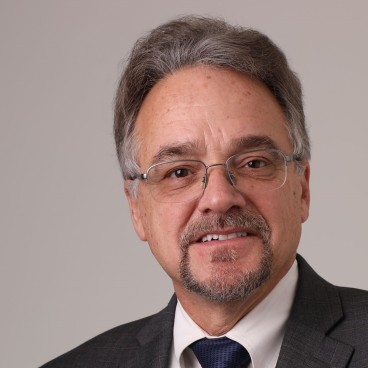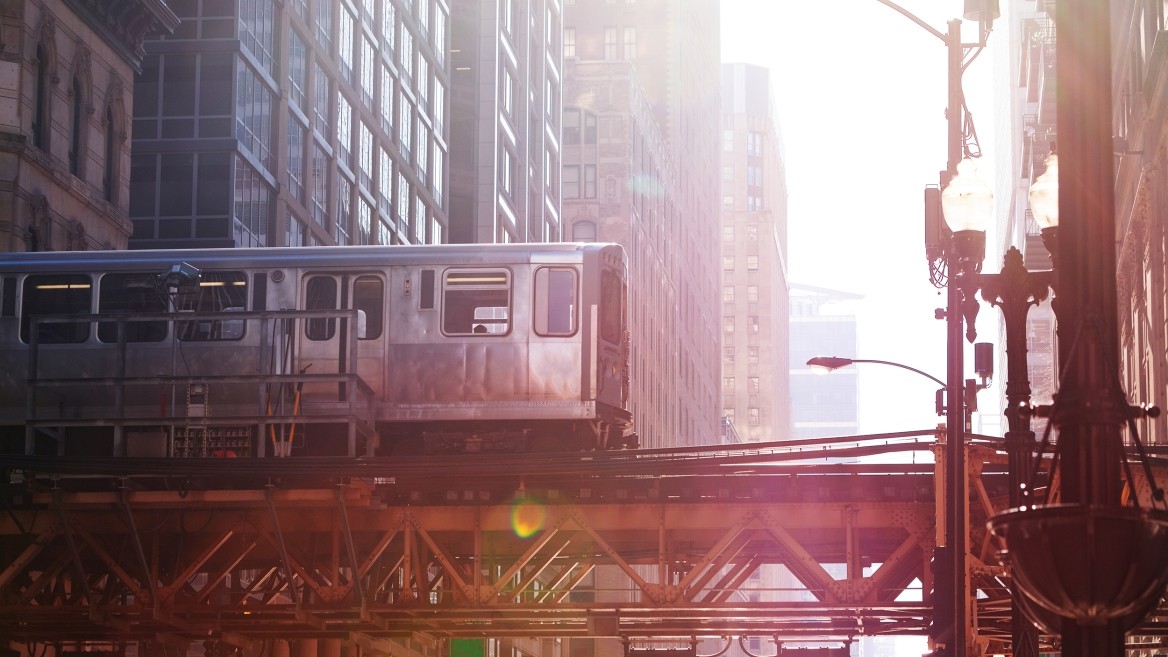Rebuilding U.S. Infrastructure: An Agency Perspective
Having spent 50 years in public transportation, Joseph (Joe) Giulietti, TYLin Vice President and Director of Rail Transit Services, Americas, has witnessed numerous changes over the decades. However, he sees the impact of the Infrastructure Investment and Jobs Act (IIJA) on the industry as unprecedented. To him, it is a game-changer for rebuilding U.S. infrastructure and encouraging a new generation of engineers to pursue a career in the transportation industry.
“When you look at engineering and transportation planning across the country, you are seeing 10 to 20 years’ worth of work,” says Giulietti. “Great opportunities lie ahead for agencies and current and future engineers.”
The IIJA also puts agencies in a radically new position, where they have to revisit all previously developed plans while determining how to accelerate the ones already in progress. Now more than ever, it is essential for agencies to have matching funds in place to apply for federal funds as they become available.
Giulietti is familiar with the agency mindset, having spent many years leading them. Before joining TYLin as a Senior Advisor, he served as the Commissioner of Transportation for the State of Connecticut, where he managed a 3,500-person department and oversaw operations of all passenger and freight trains on three major routes in the northeast. Prior to that, he served as the President of the Metro-North Railroad (MNR), which provides transportation services in New York and Connecticut.
Before taking over the MNR, Giulietti also spent 15 years with the South Florida Regional Transportation Authority, formerly Tri-Rail. While there, he guided Tri-Rail as it grew from a three-county operation into a thriving regional transit system.
The advent of the IIJA, combined with his long and diverse experience, gives Giulietti a unique perspective into what transportation agencies face today.
Adapting to How People Move
Some agencies have had to change their existing plans because people’s travel and commuting patterns have shifted dramatically. In the current environment, projects need to be “shovel ready or shovel worthy,” which means staying apace with how people move in and around a city.
Additionally, as construction costs have increased, agencies must find ways to streamline projects. For example, a bus rapid transit (BRT) line can deliver similar results to a rail line but with lower capital costs. A BRT line can also run separated from vehicular traffic along a specific corridor. That makes it easier for a city to transition to a light-rail system in the future.
Says Giulietti, “Today, we have to look at a project from the standpoint of what makes the most sense and how to stage it so that it feeds into existing infrastructure. Then, as user growth continues, we can expand or adjust it to meet changing needs.”
Mobility options have also expanded as riders use apps for real-time train tracking, typically mapping out their travel before or after boarding. Giulietti thinks we will continue to see changes in how people move around, whether in mass transit or pods that move them from one location to another.
“What has been consistent is that we need a means for moving people, whether one person or thousands of commuters,” he says. “Our ability to adapt gives our industry a lot of credibility. Look at how transportation agencies adapted during the pandemic. We have proven that we are open to new concepts and ideas.”
As U.S. agencies expand, they must also look to their international counterparts because the U.S. no longer leads the world in rail and transportation. Giulietti recalls a powerful example. When Florida first considered building a high-speed rail system, Spain was also studying it. Then, while officials in both countries encountered the same resistance to high-speed rail, Spain moved forward, and resistant attitudes changed when the system opened.
“Our partners in other countries have seen the value of high-speed rail and moved on it much more quickly than here in the U.S.,” Giulietti says. “However, I am convinced that we will catch up once a high-speed rail system is in place that proves its value. With the infrastructure bill, we have a big opportunity to build such infrastructure.”
Adjusting to a Changing Workforce
With the IIJA, additional funding also encourages more people to consider employment with state agencies. For example, the Connecticut Department of Transportation (DOT) has faced losing 40% of its workforce to retirement. A similar exodus occurred at MNR. In both cases, some retirees took their experience to the private sector to work for consulting firms.
“In the past, once you went to the private sector, you never returned to the public sector, or vice versa. That is no longer true,” says Giulietti. “People are now going back and forth between the public and private sectors, generating more of a collaborative partnership between the clients, contractors, and consultants.”
He also sees consultants as critical for supporting the agencies. “When I took a position with the MNR, my first step was to form partnerships with the consultants because they had hired many retirees who had left the agency. Forging partnerships is one way that agencies can recoup lost or missing expertise.”
Envisioning Future Trends
Giulietti came up through the operating side of rail, moving over to advance through the engineering and capital sides to ultimately work as a commissioner for a state-level DOT. What struck him throughout his career was not the differences he found but the many similarities. At the end of the day, everyone is looking for the best, most expedient way to move people safely.
“There used to be a kind of a competition for funding between the highway and rail teams,” he says. “Highways traditionally had more reliable and stable funding thanks to the gas tax, but that revenue has been dropping over the years. Both rail and highway teams have had to adjust to less funding over time.”
Giulietti thinks a new model is needed to sustain the funding for both transportation modes, especially in areas with a growing population. He says, “The solution is more of a coalescence, where an alliance of transportation modes come together to determine what makes the best sense.”
He also feels that it is essential to celebrate the successes of what agencies have already accomplished in this rapidly evolving industry. Here are four examples, with more success to come.
Chicago Transit Authority (CTA) Red Line Extension (RLE) – We initially provided the Final Environmental Impact Statement, Record of Decision, and Preliminary Engineering services to help the CTA secure a commitment from the Federal Transit Administration for funding through the Federal Capital Investment Grant New Starts program. Now, we are providing full design and engineering support during construction for a new train storage yard and maintenance shop and tracks on a 45-acre site near 120th Street in Chicago, Illinois.
Long Island Railroad (LIRR) 3rd Track Expansion – We provided engineering design services for a new third track to ease a 9.8-mile bottleneck on the LIRR main line between Long Island and Queens, New York. Completed in 2022, this project is the centerpiece of a key initiative to expand and transform vital transportation infrastructure to strengthen Long Island’s economy and create jobs.
Mid-Coast Corridor Transit Project – We served as Project Management Consultant for this mega project for the San Diego Association of Governments (SANDAG) in California. The project extended the San Diego Trolley system for 11 miles and added nine stations, alleviating traffic congestion and improving access to growing employment, education, medical, residential, and tourism areas.
Rehabilitation and Resiliency of 207th Street Yard – After the 207th Street Yard in New York, New York, was severely damaged by flooding during a superstorm, we were contracted by New York City Transit to provide Consultant Construction Management services for the yard’s rehabilitation. We are also working closely with NYCT on resiliency measures to protect the yard from future storm events.

Joseph (Joe) Giuletti leads the firm’s business development and growth strategy in the Rail + Transit Sector. Joe completed four years as Commissioner of the Connecticut Department of Transportation (CTDOT). During his tenure, he applied his experience and knowledge to successfully lead more than 3,000 CTDOT employees, direct capital investments and infrastructure projects, and maintain public transportation throughout the COVID-19 pandemic. Prior to CTDOT, Joe served as president of the Metropolitan Transportation Authority’s Metro-North Railroad. His accomplishments include increasing rail ridership, instituting capital investment initiatives, and creating award-winning, leading-edge safety programs. Joe also served as Executive Director of the South Florida Regional Transportation Authority for over 13 years.
